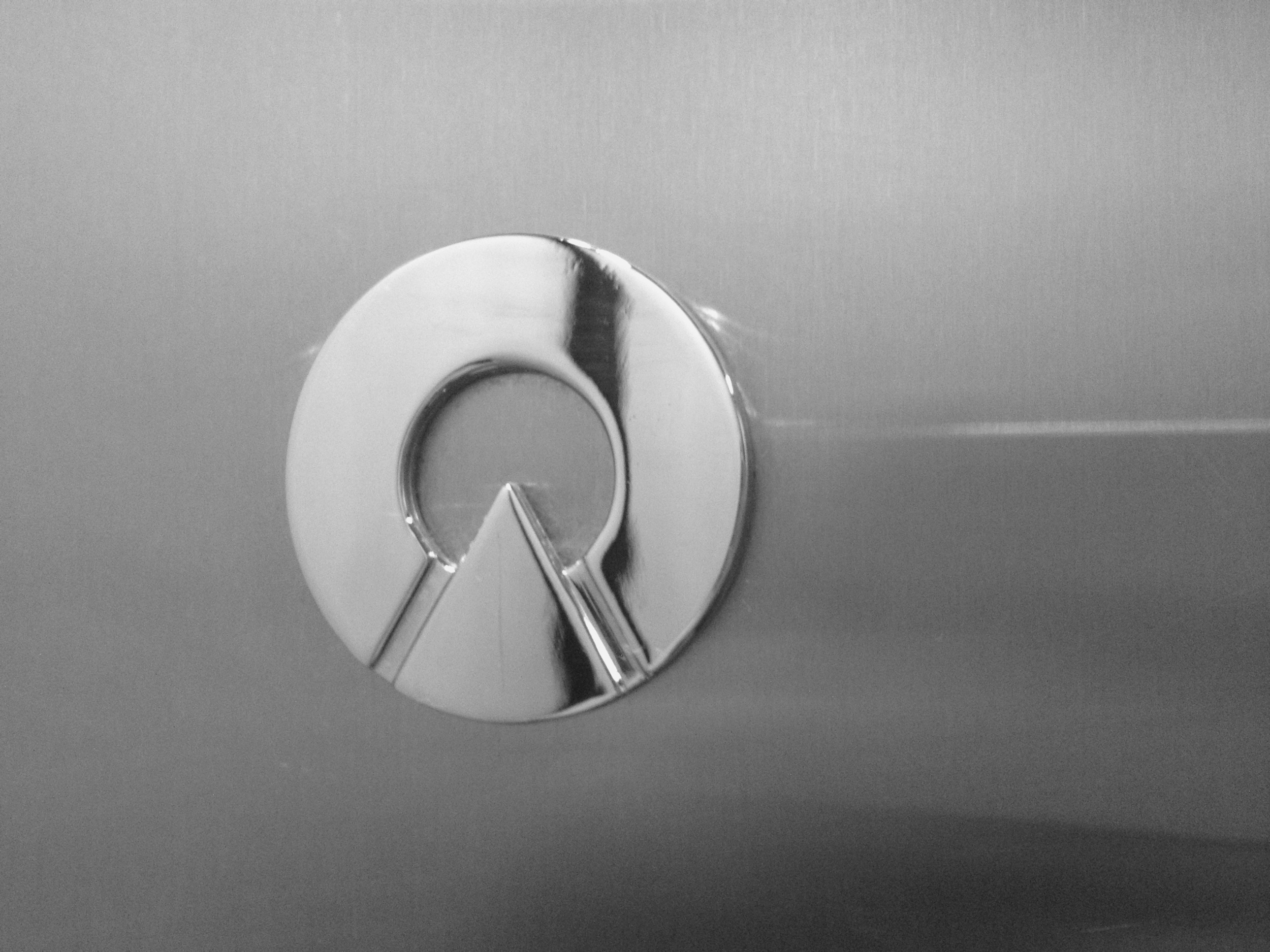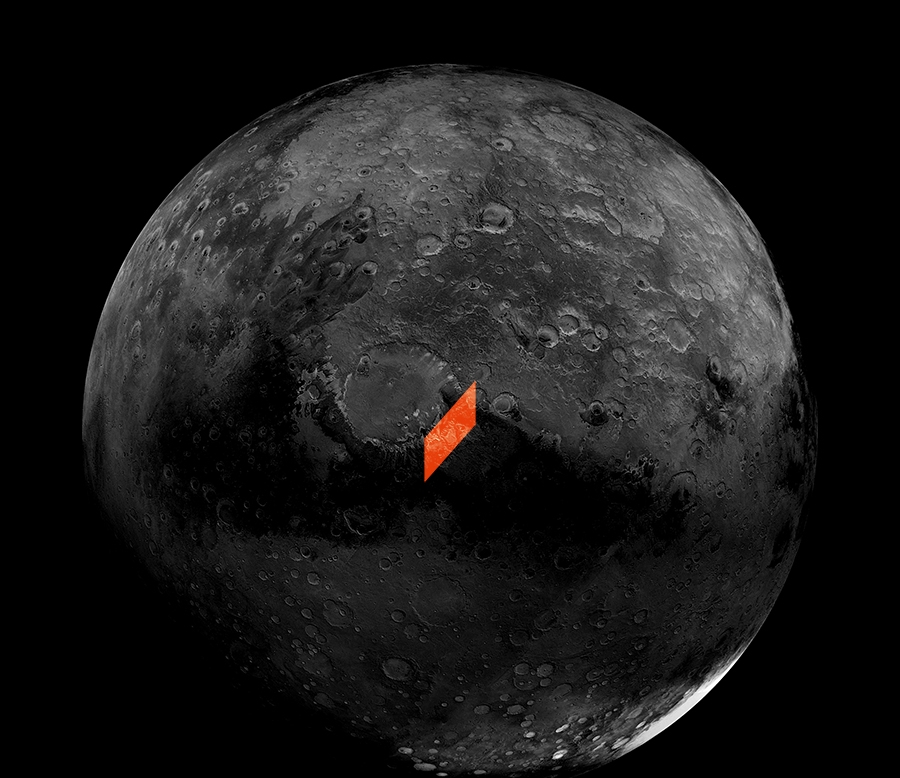“We’ve all seen the joke. Those of us in app development love to talk about how ridiculous it is that people will drop $4 every other day on a cup of coffee but will not “waste” 99 cents on our hot new app.
I hope by now we’ve learned something: This comparison doesn’t work.”
He goes on to make some pretty good points, but I still think the problem mostly exists within the mindset of the average consumer.
“I could be shoving $1 straight down the toilet again for all I know. Your app, good sir, is a total gamble. Sure, it’s only a $1 gamble… but it’s a gamble and that fact matters more than any price you might place on it.”
I don't dispute that buying apps can be a gamble, but this matter is typically cleared up with a little basic research. I don't buy anything from a place like Amazon without at least checking the reviews first, so why should I treat apps differently? There are built-in reviews in the App Store too, so there's no excuse to purchase blindly.
Personally, the way I discover apps (and most other things I purchase, really) is usually by word-of-mouth, whether it's from my friends, forums, or blog posts from writers I trust. This means that I've already got a solid foundation to work from, but doing a little research still goes a long way. I realize I'm in the unique position of someone who follows this kind of crap every day, so I'm less likely to buy apps without knowing something about them, but all the information you could ever need about an app exists out there on the internet, if you care to look hard enough.
Another thing about consumers is, they are entirely unsympathetic towards app developers. Some of these guys put a lot of time and money into their $1 app, and that app might be what they're depending on to support themselves and/or their family, and how do people repay them?
"Eh, $1? I think I'll wait until it goes on sale for free."
"I can't believe they're charging $5 for this, I can get [lower-quality clone] for only $1!"
"I don't pay for apps, I have cracked copies of everything."
I understand that it's in the consumers' best interest to get a good deal, but far too often I see people complaining about even the smallest of prices for apps. Heaven forbid someone actually try to make money for all their hard work!
Of course, app developers are partially to blame here. If they hadn't created a culture where everything is a race to the bottom in terms of price, or that it was okay to put your app on sale whenever you want, then consumers wouldn't have come to expect it all the time. Each time an app that deserves to charge more money sells for only $1-2, or inexplicably goes on sale within a week, it validates this expectation in the consumer's mind.
Despite all of this, I do think that the rest of Josh's piece is actually quite good and I agree with stuff like this:
“Great software masks its complexity. It works like magic. The customer is not likely to make note of the craftsmanship involved in your app mainly because the bulk of the craftsmanship lies deep below the visual layer.”
“One proven way to push this craftsmanship to the surface is to focus on solid app design. It’s the one thing that will visually highlight the effort you put into your app. At the code level it may be just as much effort to create your “Task Master 3000″ app with an ugly veneer as it would be to give it a nice paint job, but the paint job will be all the user sees.”
Please go read the rest of his post. I swear I don't mean to put his opinion into a negative light, I just disagree with him on a couple of points. I'll likely continue using the 'cup of coffee' analogy because I'm not a big believer in "the customer is always right."
Josh Lehman | Stop Using the Cup of Coffee vs. $0.99 App Analogy
































